The combination of the 3D foot scanner and dynamic foot pressure distribution analysis
Foot health plays a crucial role in an individual's overall well-being. The shape, structure, and pressure distribution of the feet are essential factors in determining how comfortably and efficiently a person moves. As a result, technology has advanced to offer highly precise methods for assessing foot health, with the combination of the 3D foot scanner and dynamic foot pressure distribution analysis being one of the most innovative approaches to date. Together, these technologies provide an in-depth understanding of a person’s foot mechanics, offering valuable insights for both medical professionals and footwear manufacturers.
In this article, we will explore the synergy between the 3D foot scanner and dynamic foot pressure distribution analysis, detailing how this combination can enhance the accuracy of foot assessments, improve diagnosis, and create more personalized solutions for foot care. We’ll also look at how these technologies are revolutionizing industries such as healthcare, sports medicine, orthotics, and footwear design.
What is a 3D foot scanner?
A 3D foot scanner is an advanced device that uses non-invasive techniques like laser or light-based scanning to capture the three-dimensional shape of a person’s feet. Unlike traditional methods of foot measurement, which rely on two-dimensional images or manual measurements, a 3D foot scanner provides a detailed digital model of the foot that includes intricate details such as the arch, length, width, and other unique features.
The digital model created by the 3D foot scanner allows for accurate and precise measurements, making it possible to create custom orthotics, insoles, and shoes. The technology has become a game-changer in various industries, providing a more efficient, accurate, and comfortable alternative to traditional foot-measurement methods.
What is dynamic foot pressure distribution analysis?
Dynamic foot pressure distribution analysis is a technique used to assess the way a person’s foot interacts with the ground during walking or running. By using pressure sensors embedded in insoles or mats, dynamic foot pressure distribution analysis measures the pressure exerted by different areas of the foot in real-time as the person moves.
This technology provides valuable insights into foot function, posture, and alignment. It helps identify areas where excessive pressure is applied, which can lead to pain or injury, such as in the case of conditions like plantar fasciitis, bunions, or flat feet. By understanding these pressure points, medical professionals and footwear designers can make informed decisions to provide the best possible solutions for individuals, whether it's recommending specific orthotic devices or designing customized shoes.
The synergy between the 3D foot scanner and dynamic foot pressure distribution analysis
Both the 3D foot scanner and dynamic foot pressure distribution analysis offer complementary insights into foot mechanics. While the 3D foot scanner captures the static structure and dimensions of the foot, the dynamic pressure distribution analysis evaluates how the foot functions during movement. Combining these two technologies provides a more comprehensive understanding of foot health, leading to better diagnoses and more effective treatments.
1. Comprehensive Foot Assessment
The integration of the 3D foot scanner with dynamic foot pressure distribution analysis allows for a more thorough assessment of the foot. The 3D foot scanner offers a highly accurate digital model of the foot, capturing its unique features, such as arches and contours. This model is essential for creating custom solutions, such as insoles and orthotics, that fit the foot perfectly.
On the other hand, dynamic pressure distribution analysis evaluates how these features interact with the ground during walking or running. It reveals critical information about the pressure distribution across the foot and identifies areas that may be under excessive stress. For example, if the 3D foot scanner shows that an individual has a high arch, dynamic pressure analysis can reveal how this arch affects their gait and which areas of the foot bear the most pressure. Together, these technologies provide a 360-degree view of the foot, making it easier to identify problems and design effective interventions.
2. Improved Diagnosis of Foot Conditions
By combining the 3D foot scanner with dynamic foot pressure distribution analysis, medical professionals can more accurately diagnose a variety of foot conditions. Many foot problems, such as flat feet, high arches, or overpronation, can be detected through the use of the 3D foot scanner, but understanding how these issues affect movement and pressure distribution is crucial for diagnosis.
For instance, flat feet might show up in the 3D foot scanner as a collapsed arch, but dynamic pressure analysis could reveal how this condition leads to increased pressure on the inner part of the foot, potentially causing pain in the knees or lower back. By combining both technologies, doctors can get a clearer picture of how structural issues affect function, leading to more accurate diagnoses and better treatment recommendations.
3. Personalized Orthotic Solutions
One of the most significant advantages of combining the 3D foot scanner with dynamic foot pressure distribution analysis is the ability to create highly personalized orthotics. Orthotics are custom-designed insoles or shoe inserts that help correct foot alignment, reduce pressure on certain areas, and provide support. When both technologies are used together, orthotics can be tailored to fit both the structure and movement of the foot.
The 3D foot scanner ensures that the orthotics are shaped to fit the unique contours of the foot, while dynamic pressure distribution analysis ensures that the orthotics address pressure points that could lead to discomfort or injury. For example, if pressure analysis shows that a person’s heel is taking too much force, the orthotics can be designed with extra cushioning or arch support in that specific area.
4. Optimizing Sports Performance
In the realm of sports medicine, the combination of the 3D foot scanner and dynamic foot pressure distribution analysis has proven to be invaluable. Athletes require footwear that provides optimal support, stability, and performance enhancement, and the use of both technologies allows for precisely that.
Dynamic pressure distribution analysis helps identify areas where an athlete's foot is under excessive stress, which could lead to injuries such as shin splints, stress fractures, or tendonitis. Meanwhile, the 3D foot scanner provides the structural data needed to create footwear or orthotics that align perfectly with the athlete’s foot shape. This combination can enhance athletic performance by ensuring that the athlete’s foot is properly supported and well-aligned during each stride or movement.
5. Creating Custom Footwear
The combination of the 3D foot scanner and dynamic foot pressure distribution analysis is also transforming the world of custom footwear. Footwear manufacturers can use both technologies to create shoes that are tailored to an individual’s unique foot shape and gait pattern. Whether the goal is to reduce discomfort, prevent injury, or enhance performance, the integration of these two technologies allows for highly personalized shoe designs.
For example, shoes designed for people with flat feet might be equipped with additional arch support, while those designed for athletes may feature extra cushioning in high-impact areas. The dynamic pressure distribution analysis ensures that the shoes are designed to distribute pressure evenly, reducing the risk of foot pain and injury.
Applications across Industries
The combination of the 3D foot scanner and dynamic foot pressure distribution analysis is revolutionizing several industries, including:
Healthcare and Orthotics: These technologies help in the diagnosis and treatment of foot conditions such as plantar fasciitis, bunions, and flat feet.
Sports Medicine: Athletes and coaches can use these technologies to enhance performance and prevent injuries.
Footwear Design: Custom footwear, insoles, and orthotics can be created with precision and tailored to individual needs.
Podiatry: Podiatrists can utilize both technologies to assess patients’ foot health and recommend personalized treatments.
The integration of the 3D foot scanner and dynamic foot pressure distribution analysis is transforming the way foot health is assessed and treated. By combining these two technologies, we gain a more complete understanding of both the structural and functional aspects of the foot. This results in more accurate diagnoses, personalized treatments, and better outcomes for patients.
Whether in the healthcare, sports, or footwear industries, this combination offers significant benefits, from improving foot health to enhancing performance and preventing injuries. As technology continues to advance, we can expect even more innovations in foot care, ensuring that these tools become an even more essential part of maintaining foot health and comfort for individuals worldwide.
If you’re looking for the perfect solution for foot health or custom footwear, the combination of the 3D foot scanner and dynamic foot pressure distribution analysis is undoubtedly the way forward.

 +86-0755-86131192
+86-0755-86131192 2024-12-17
2024-12-17 Back to list
Back to list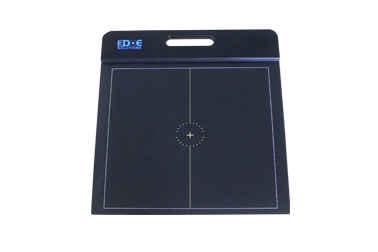
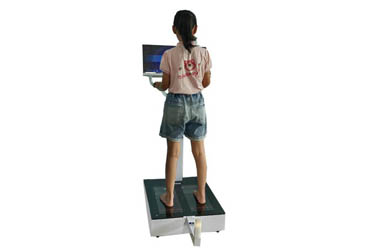
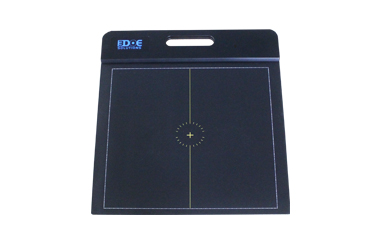
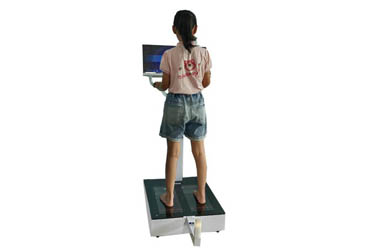
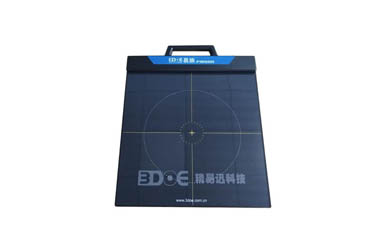
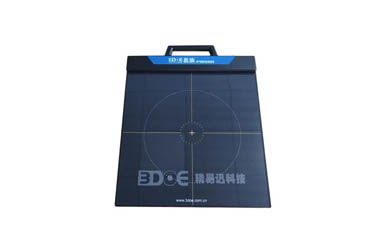



 +86-0755-86131192
+86-0755-86131192